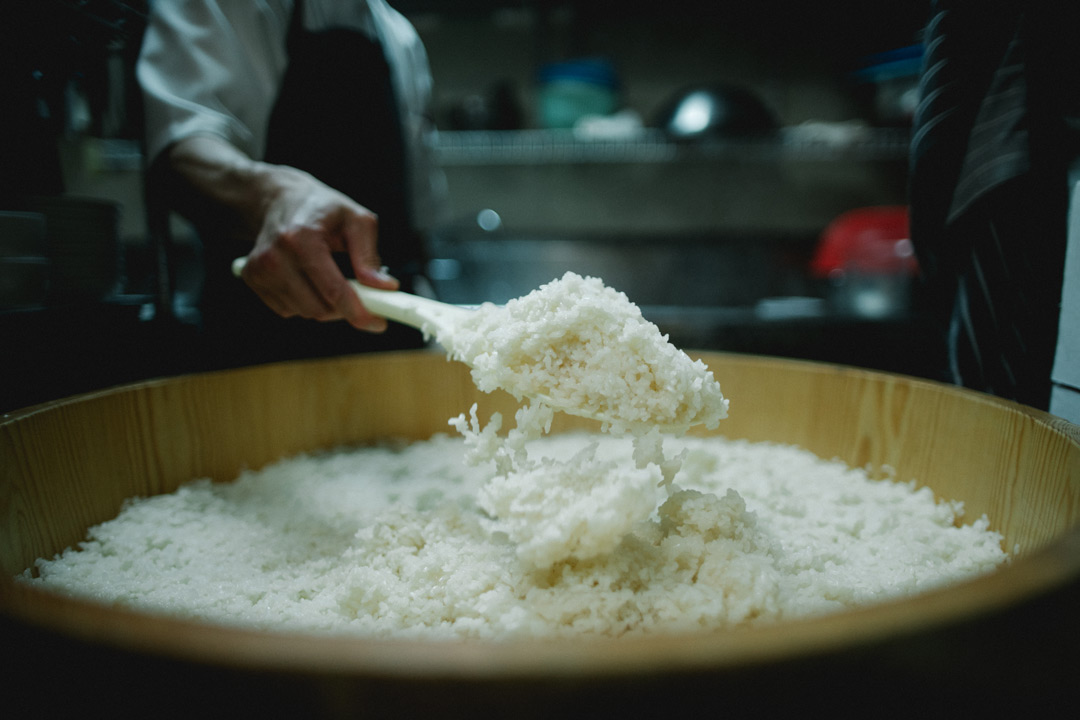Everybody knows about Japan’s relationship with rice. This grain is a significant staple throughout much of Asia, and indeed much of the world. Our Bellevue Japanese restaurant is no exception, with rice playing a prominent role in our dinners, our sushi, and of course our sake. But just how important is rice to Japanese dining?
Japan’s treatment of rice marks what is probably the biggest key difference between Eastern and Western culinary philosophy. For most Westerners, the main course of the meal is generally the protein. We put our meat front and center and surround it with a supporting cast of grains and vegetables. In Asia, however, this paradigm is flipped. The main part of the meal is always either a grain or a starch, usually rice, with meat serving to augment the main course along with the vegetables. This attitude could very well account for some of the superior health benefits of Asian-style dining, which you can experience for yourself at Flo Restaurant in Bellevue!

